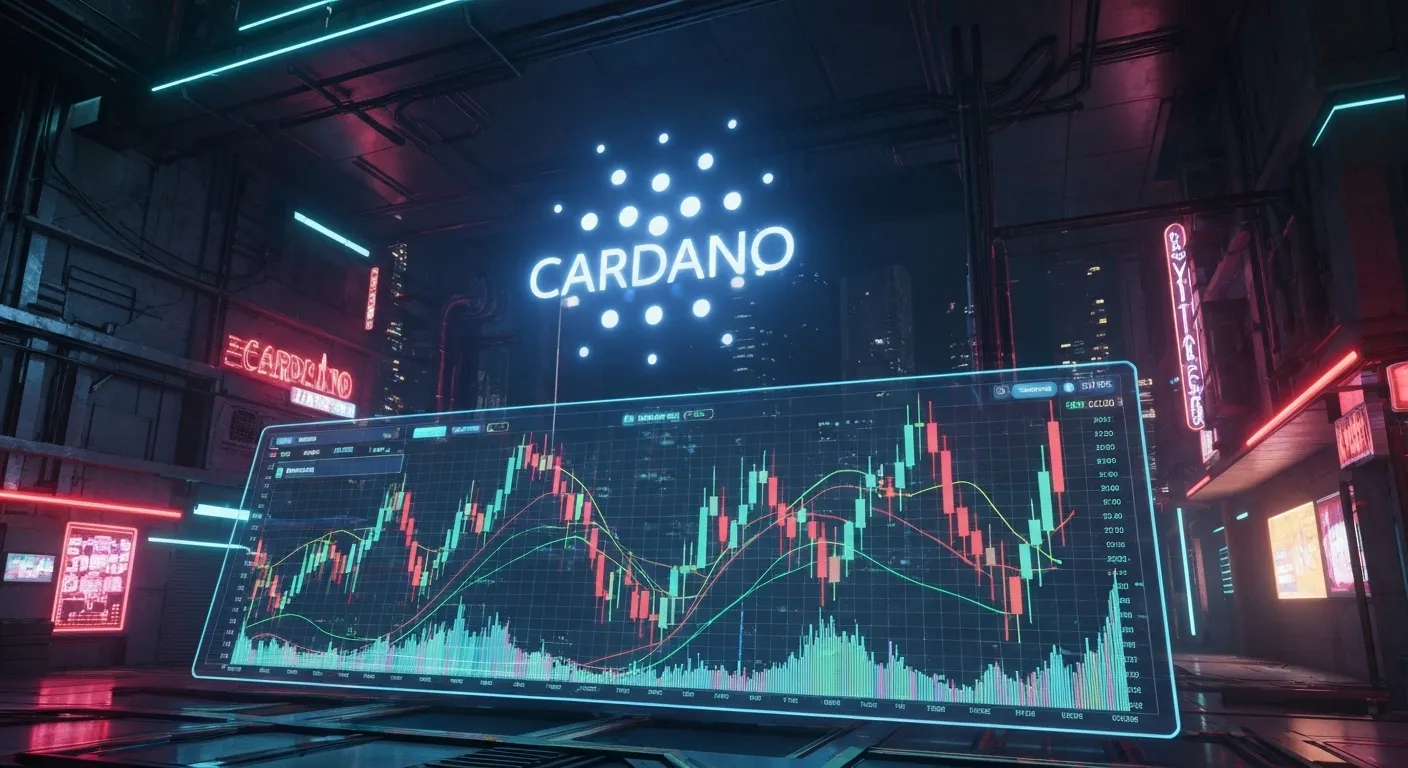For years, the great criticism leveled against Cardano has been a simple and often valid one: it's too slow. While its methodical, academic approach has created an incredibly secure and decentralized base layer, the user experience for its early DeFi applications was often sluggish and frustrating. The question has always been, how can a chain that prioritizes correctness and security ever hope to achieve the kind of mass-scale throughput needed for global adoption?
The answer to this has always been part of the long-term architectural blueprint. It was never to make the base layer itself a hyper-fast, centralized machine. The answer was always Layer 2s. And Hydra is the first and most important realization of this vision.
I've come to think of the Cardano mainnet as being like the final, ultra-secure settlement layer of a national financial system, like the Fedwire system. It's built for security and finality, not for speed. You use it to settle a handful of massive, important transactions. You would never use it to buy a coffee. Hydra is the technology that allows for the creation of a high-speed 'consumer' payment network on top of this base layer. Each 'Hydra Head' is like opening a private, high-speed payment channel between a specific group of users. Imagine a decentralized exchange opening a Head for its traders, or a blockchain game opening one for its players.
Within this private channel, the users can transact with each other thousands of times per second for a fraction of a penny. They are not congesting the main 'Federal Reserve' layer with their thousands of small transactions. Only when they are finished and wish to 'cash out' do they close the channel and settle the final, net balance of all their interactions back to the incredibly secure, but slower, main chain. This is the classic Layer 2 design: it allows Cardano to have the best of both worlds a decentralized and secure base layer, with a scalable and lightning-fast network for everyday applications built on top.
So, how do you track the success of this critical upgrade? You don't just look at the price of ADA. You watch for the emergence of the new, high-speed consumer economy that Hydra enables. You use tools like DefiLlama to see if the Total Value Locked in Cardano's DeFi protocols finally begins to grow exponentially. You watch for the launch of high-throughput applications, like on-chain games or social media dApps, that were simply not possible on the old, slower base layer. The success of Hydra will be measured by the vibrancy of the new economy it makes possible.
Cardano's long and patient journey has always been about building the foundation first. For years, they have been meticulously constructing the world's most secure 'Federal Reserve' layer. With Hydra, they are finally opening the doors for the builders to create the high-speed, consumer-facing 'Visa network' on top. The foundation is laid. Now, the real test begins: to see if the applications, and the users, will come.

